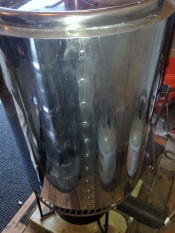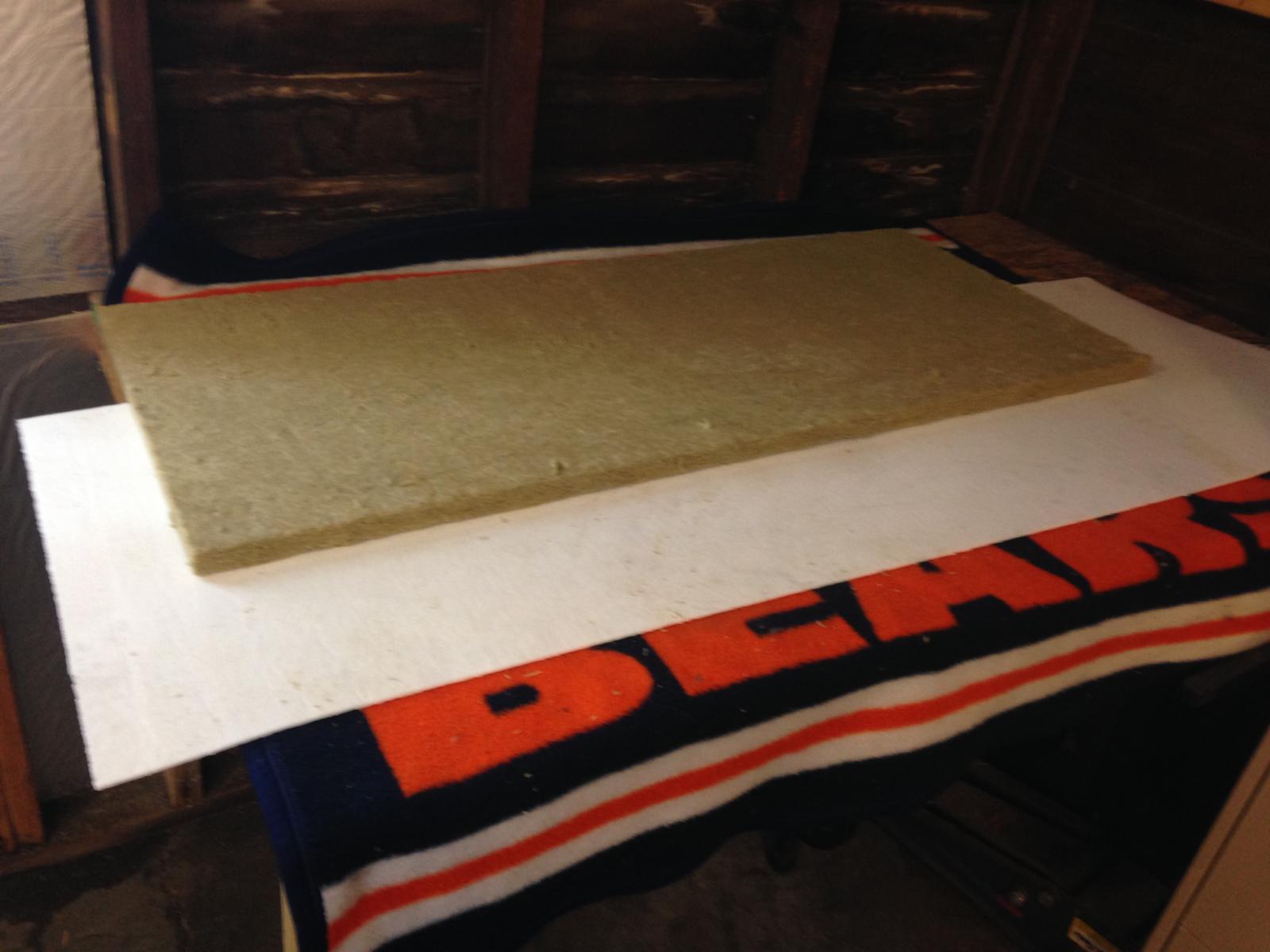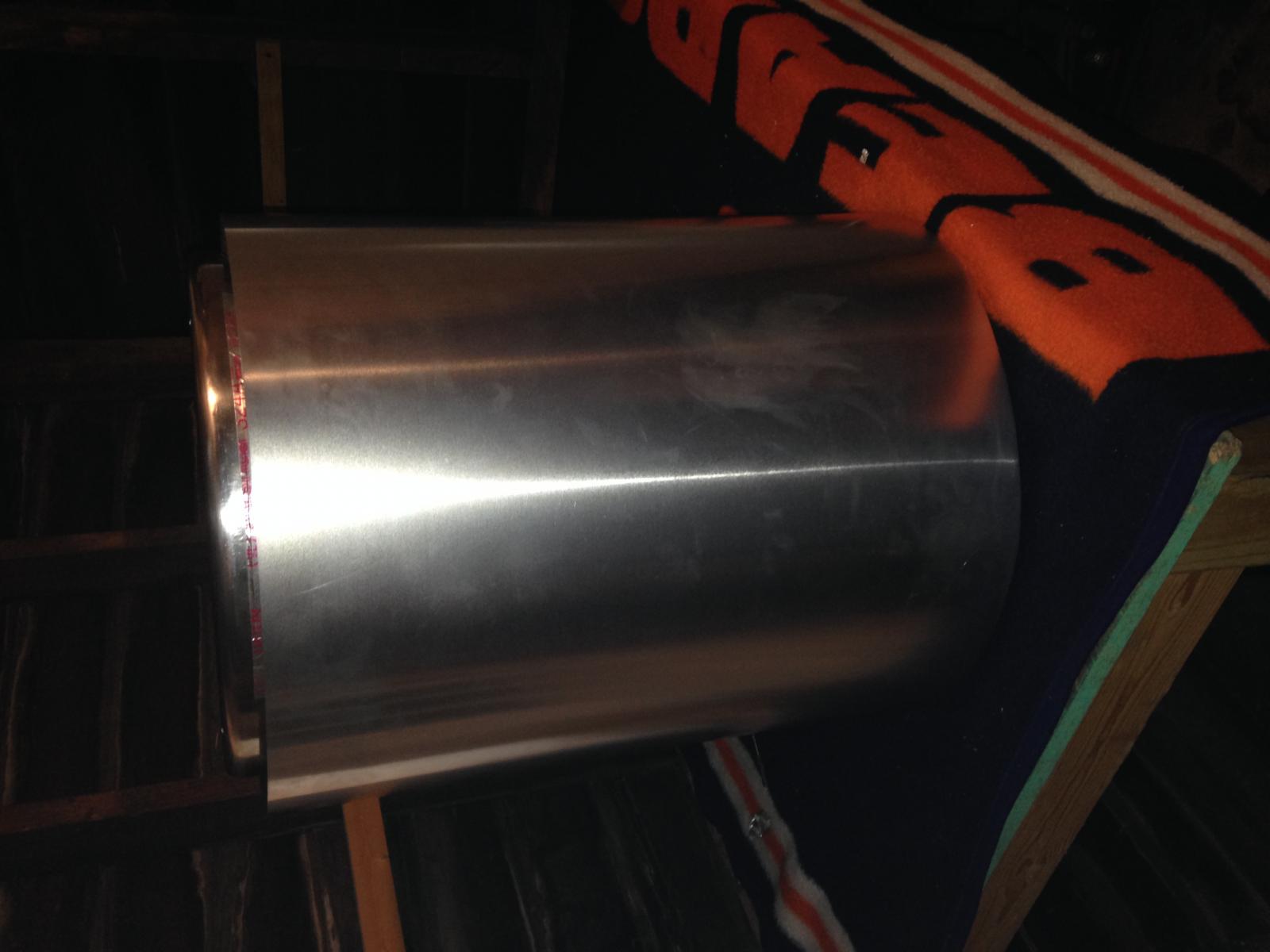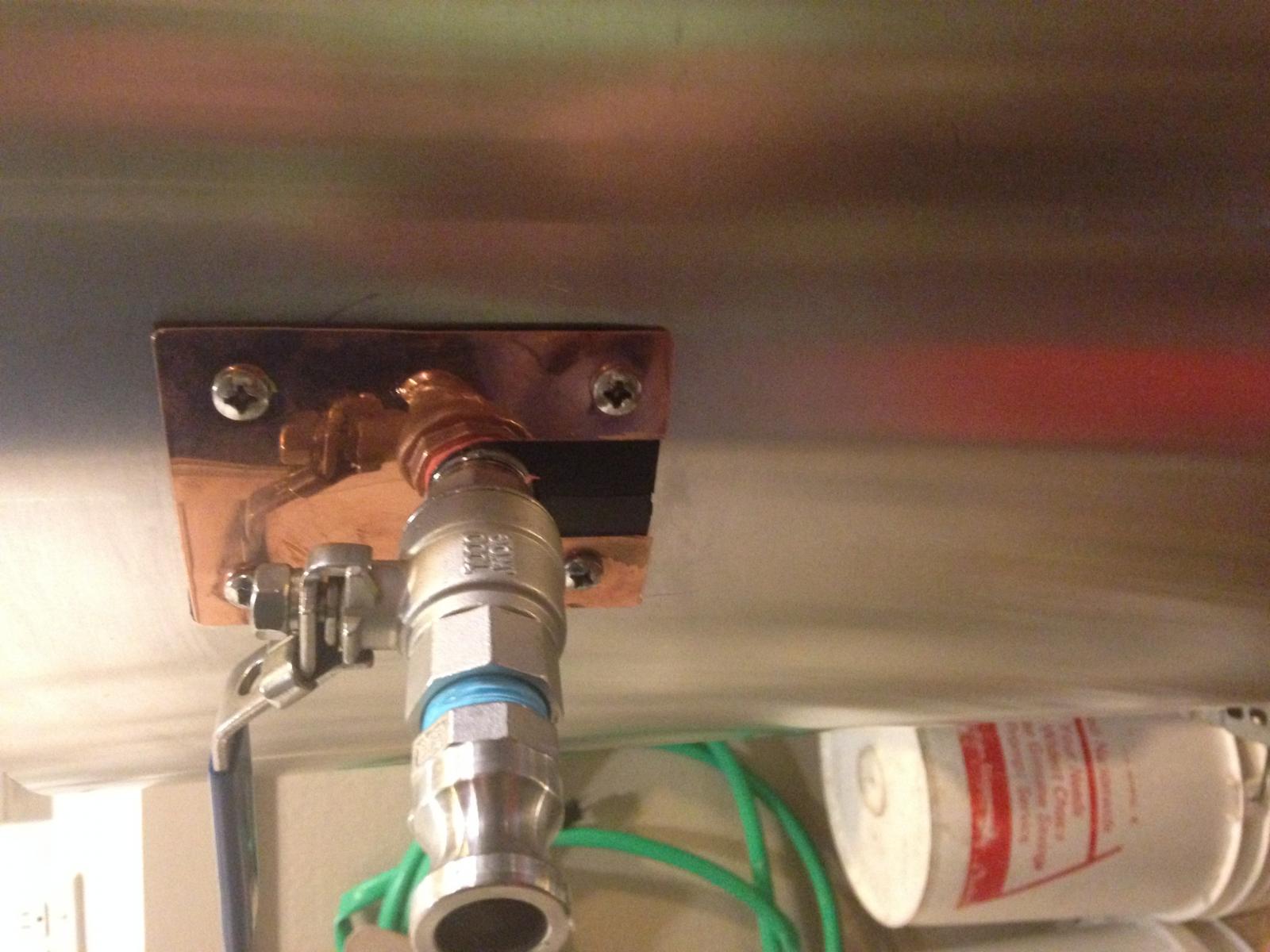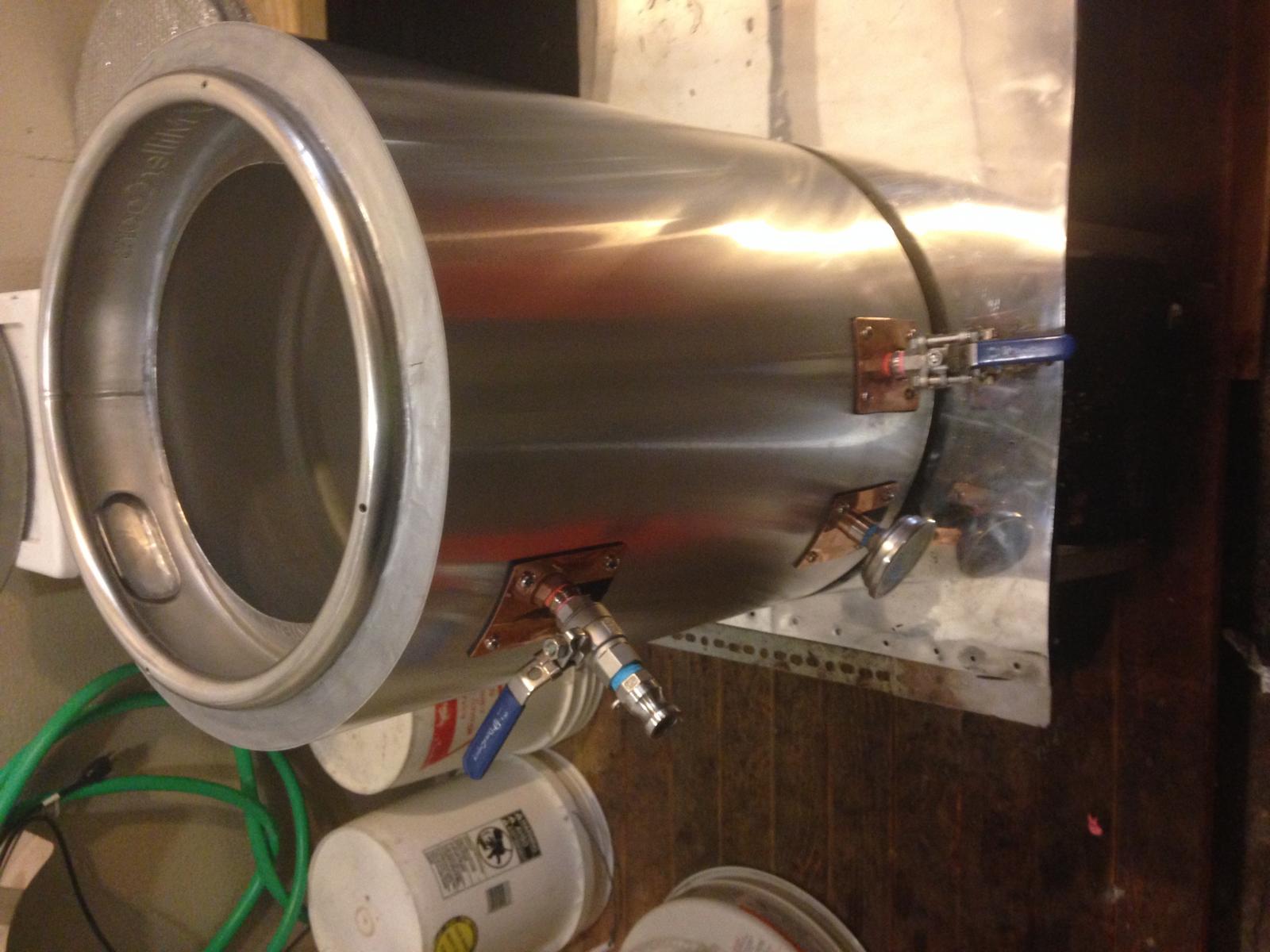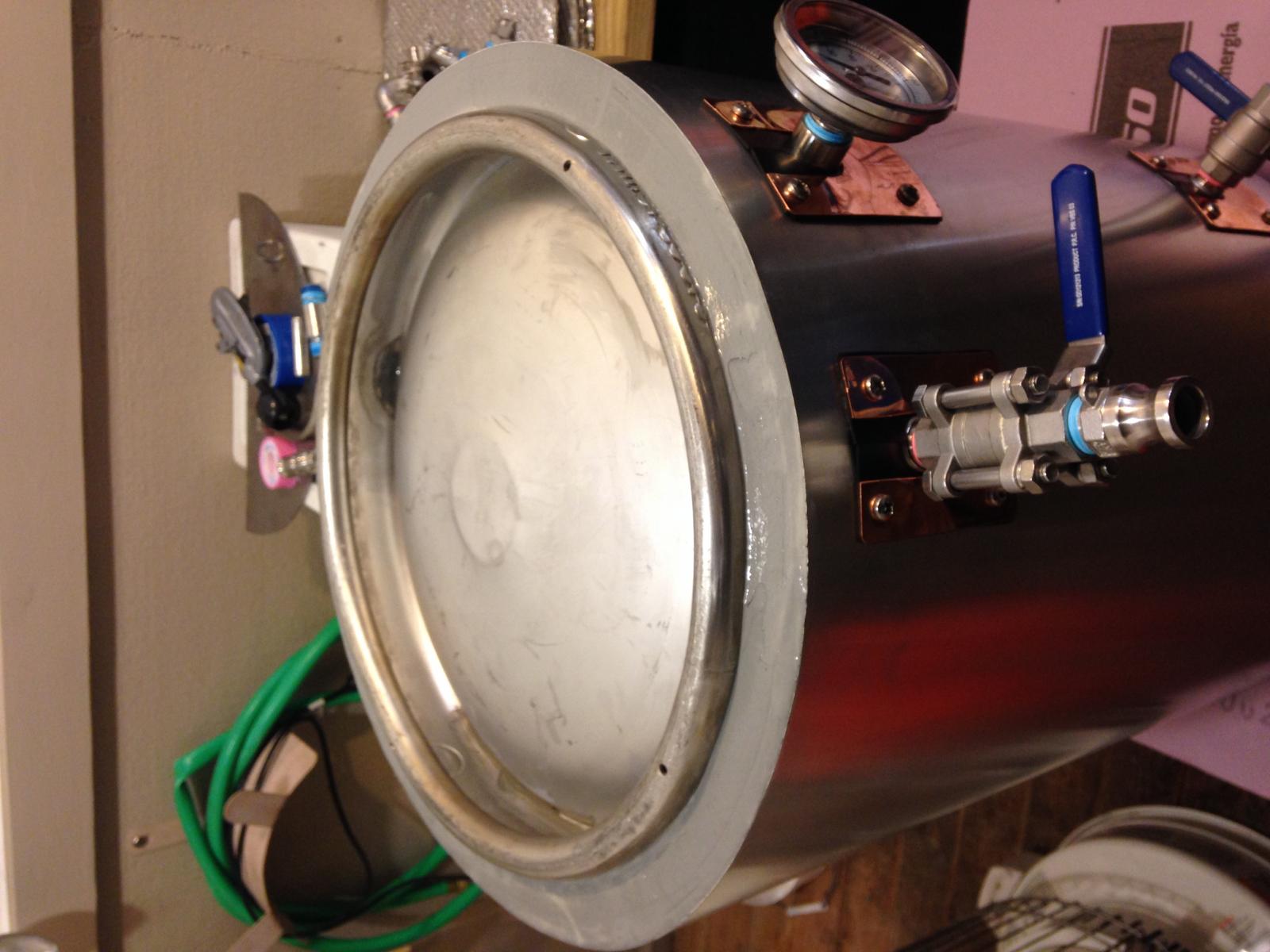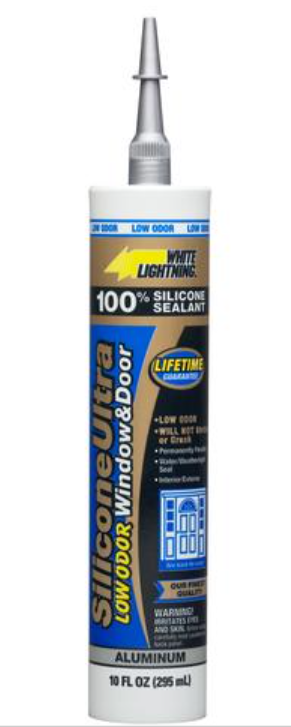PistolsAtDawn
Well-Known Member
Bobby, that looks great! I may try to do something like this eventually, but for now I need a cheaper and easier solution for insulation.
I wasn't keen on using the reflectix either, and I saw in another thread that you had recommended using a welding blanket for insulation. I just bought this one: http://www.amazon.com/gp/product/B0057RJD0E
Do you think that will help at all? I figure I can wrap it around the MLT just to see if it makes any difference.
I wasn't keen on using the reflectix either, and I saw in another thread that you had recommended using a welding blanket for insulation. I just bought this one: http://www.amazon.com/gp/product/B0057RJD0E
Do you think that will help at all? I figure I can wrap it around the MLT just to see if it makes any difference.
Last edited by a moderator:



